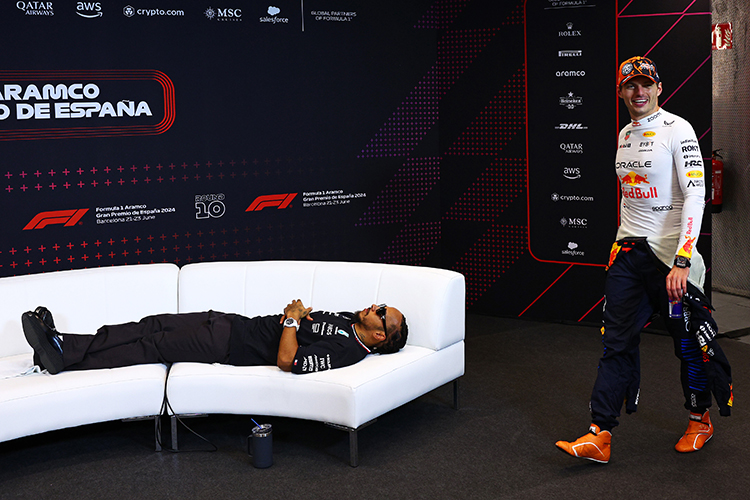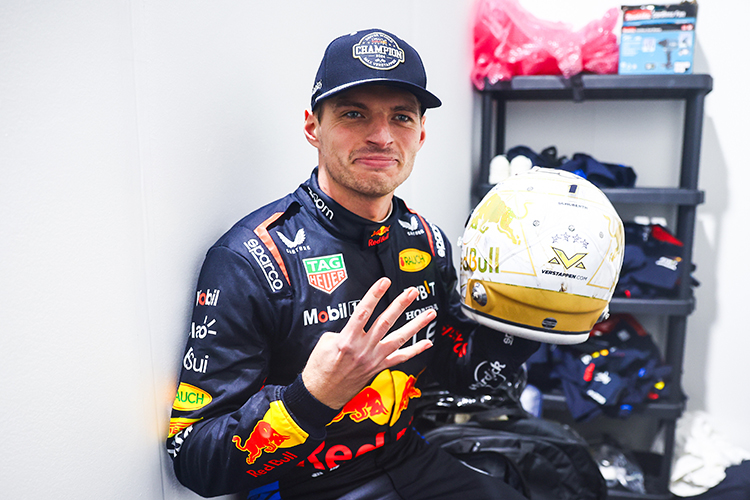The Role of the Safety Car Driver in Formula 1

Formula 1 World Champions: A legacy of racing legends
What is the role of the Safety Car driver in Formula 1 races?
Discover the vital role of the Safety Car driver in Formula 1. Learn how their expertise ensures safety, fairness, and smooth race operations during high-pressure situations.
While the spotlight in Formula 1 often shines on race-winning drivers, the Safety Car driver plays a critical yet understated role in ensuring the smooth and safe execution of Grand Prix events. When chaos strikes on the track, the Safety Car driver takes control, managing the race’s flow and enabling marshals to address incidents safely. Their expertise and composure are pivotal to maintaining the sport’s safety and fairness.
Who is the Safety Car Driver?
The Formula 1 Safety Car is piloted by a highly experienced professional with a strong background in motorsport. Since 2000, Bernd Mayländer, a former DTM racer, has been the primary Safety Car driver in F1. His extensive racing experience and ability to perform under pressure make him ideally suited for the role.
Alongside the Safety Car driver is a co-driver, typically a senior FIA official, who communicates directly with race control to relay instructions and monitor evolving track conditions.
Key Responsibilities of the Safety Car Driver
The Safety Car driver’s duties extend far beyond simply leading the field at a reduced pace. Here are their main responsibilities:
Neutralizing the Race
When deployed, the Safety Car driver must quickly enter the track and slow the cars to a safe pace, allowing marshals and emergency teams to address incidents without risking further harm.
Maintaining an Optimal Pace
The Safety Car driver must strike a delicate balance:
- Driving fast enough to prevent Formula 1 cars from losing critical tire and brake temperatures.
- Driving slow enough to ensure safety for marshals and avoid collisions.
This balance requires exceptional skill, as the Safety Car handles very differently from F1 cars.
Managing Track Situations
From navigating debris to handling adverse weather conditions, the Safety Car driver must ensure a clear and safe path for the cars behind. Constant communication with race control helps adapt to rapidly changing circumstances.
Guiding Unlapped Cars
During the unlapping process, the Safety Car driver facilitates lapped cars in overtaking the field and rejoining the back, ensuring a clean restart where leaders compete on equal terms.
Preparing for the Restart
As the Safety Car leaves the track, the driver gives the race leader control of the pace, pulling into the pit lane at precisely the right moment to ensure a safe and fair restart.
The Safety Car: A High-Performance Machine
The Formula 1 Safety Car is not an ordinary road car. It is a high-performance sports car, such as the Aston Martin Vantage or Mercedes-AMG GT Black Series, modified for track use. Equipped with advanced communication systems and capable of maintaining high speeds in challenging conditions, the Safety Car is designed to meet the demands of Formula 1 racing.
Challenges Faced by the Safety Car Driver
The Safety Car driver’s role is fraught with challenges, including:
Handling a Slower Car in a Faster Field
Compared to F1 cars, the Safety Car has less grip and power. Yet, the driver must lead effectively, especially on circuits with tight corners or high-speed straights.
Adapting to Weather Conditions
In wet or slippery conditions, the Safety Car must navigate safely while ensuring the following F1 cars avoid aquaplaning or overheating their brakes.
Balancing Safety and Competition
The driver must maintain a pace that minimizes disruption to the race while prioritizing safety, a task that requires precision and split-second decision-making.
Memorable Safety Car Moments
Throughout F1 history, the Safety Car has been central to some unforgettable moments:
Brazil GP, 2003
The Safety Car navigated through torrential rain during multiple deployments, showcasing the driver’s skill in treacherous conditions.
Belgian GP, 2021
Heavy rain forced extended Safety Car laps, with Bernd Mayländer leading the field for the majority of the race under extremely challenging circumstances.
Why the Safety Car Driver Matters
The Safety Car driver is an unsung hero of Formula 1, ensuring the safety and fairness of the sport while navigating high-pressure situations. Their role highlights the unique blend of human expertise and technological innovation that defines Formula 1 as the pinnacle of motorsport.
Conclusion
While often overlooked, the Safety Car driver plays a vital role in Formula 1, ensuring the sport’s integrity and safety during moments of unpredictability. With their racing experience and calm under pressure, these drivers embody the spirit of professionalism and precision that makes F1 exceptional.
Stay tuned for more insights into the world of Formula 1 and its unsung heroes!
Up Next


